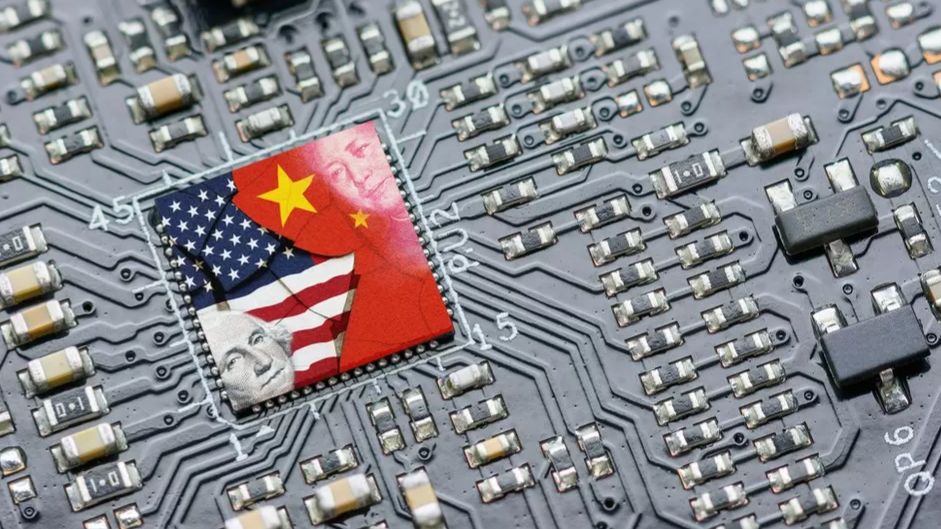Reading *Chip War*

Since I bought a membership of WeChat Reading last year, I have read (or listened to) a total of 27 books. Among them, three are fantasy novels that I listened to before going to bed at night. So, the actual number of books I’ve read is 24.
Although I’ve read 24 books, sometimes when I look at the titles of the books I’ve read, I can’t quite remember the specific content.
Generally speaking, the books I finish reading are those I think are pretty good. Although reading isn’t about completely memorizing the content, I still hope to deepen my impression of these books. So, I plan to start writing “book notes”.I put “book notes” in quotation marks to distinguish them from the ones we were taught to write in school. I only intend to briefly and casually write about some content in the books to help me remember better, without deliberately writing positive thoughts.
China’s Chip Industry
According to the book, in the 1960s, China’s chip industry was in the first echelon globally, only about 1 - 2 years behind the US and ahead of all other countries in the world. Unfortunately, due to development strategy issues, it stagnated. It wasn’t until the “909 Project” in 1995 that the government stepped in to organize efforts to develop chip technology. However, in 1996, the US signed the Wassenaar Arrangement, which, simply put, restricts the export of high - tech to non - member countries. So, the author believes that although the “909 Project” greatly promoted the development of China’s chip technology, it can’t be considered a complete success.
Intel Originally Focused on Storage
Intel is undoubtedly a chip giant in the world today. However, this chip giant started with storage.
In the 1960s, the demand for storage in the electronics industry was much higher than that for chips. Intel was one of the very successful storage companies at that time. The chip that later made Intel famous worldwide was initially a “slacking - off” project by one of its employees. When the senior management of the company learned about this, although they were angry, they didn’t demand the termination of the project. This is how the later Intel chip empire came into being.
When I read this part, I thought that an employee slacking off might not necessarily be a bad thing. If that Intel employee hadn’t slacked off at that time, the company most likely wouldn’t exist today, because their storage business soon ran into trouble and it took a long time to recover.
The US Also Suppressed Japan
After World War II, Japan’s industries were in ruins, and the US began to support Japan, hoping that Japan would become its stronghold in the Far East. The support also included chip technology. So, in the 1970s and 1980s, Japan’s chip technology was very advanced and even posed a great threat to the US. Therefore, the US later started to restrict Japan, including restricting the export of advanced products and technologies to Japan, using tariffs and the status of the US dollar to suppress Japan. In short, it used all the means we hear about being used against China today on Japan.
It can be seen that the US has always acted this way, suppressing whoever may pose a threat to its hegemony.
The US’s suppression of Japan was quite effective. Today, when people talk about the chip industry, Japan is rarely mentioned.
Among Japanese companies, except that Toshiba is still manufacturing 80 - 90 nanometer mid - low - end lithography machines, basically no other companies are involved in the chip industry.
Samsung Poached Employees from Toshiba
Samsung is now one of the few companies that have the ability to design and manufacture chips simultaneously, and it does both very well.
In the 1990s, Toshiba was still one of the top chip companies in the world, while Samsung had just started in this area. Samsung then poached employees from Toshiba, offering conditions such as triple salary, a four - bedroom apartment, a private car with a driver, and a secretary.
Relying on these conditions, Samsung poached quite a few people from Toshiba, even including many directors and vice - presidents. These people later helped Samsung reach its current position in the chip industry.
Compared with Samsung’s earnings today, the cost of poaching those people at that time can be almost negligible.